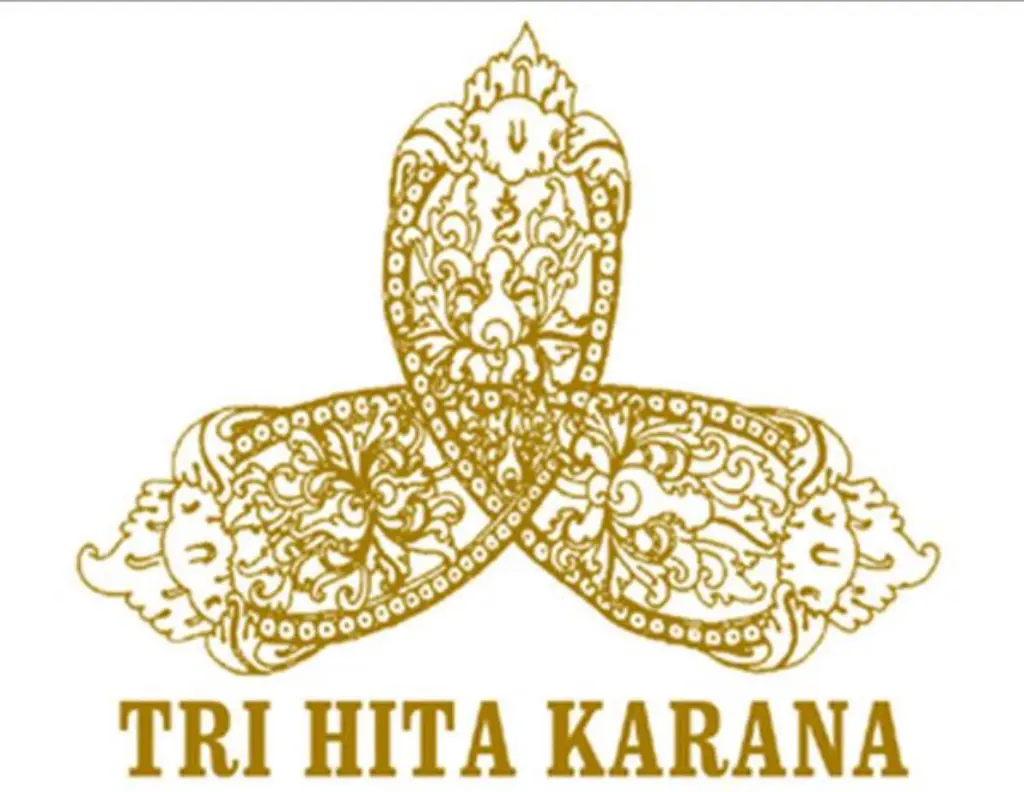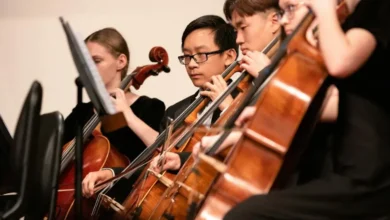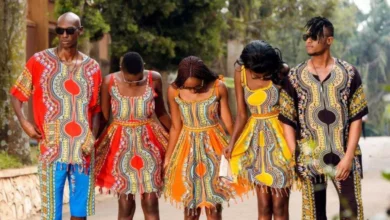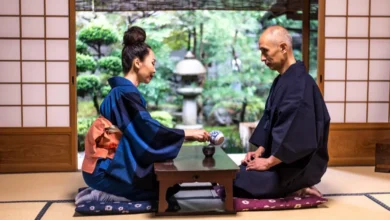Bali, the “Island of Gods,” is renowned for its vibrant culture, stunning landscapes, and deeply rooted Hindu traditions. A significant aspect of Balinese culture is its elaborate and symbolic dress, particularly when participating in religious ceremonies and offerings. This article will explore the significance and intricacies of Balinese traditional dress within these contexts, offering an insightful look into the rich heritage of Bali.
The Importance of Traditional Dress in Balinese Hinduism
In Balinese Hinduism, clothing isn’t just about covering the body; it’s a crucial element of communication with the divine. The attire worn during ceremonies and offerings is carefully selected to reflect respect, reverence, and the wearer’s spiritual intention. It’s believed that the proper dress honors the gods and maintains the balance between the visible and invisible realms.
The Balinese view the body as a sacred vessel, and what one wears can either elevate or diminish its purity. Therefore, traditional garments are seen as a tool for spiritual purification and connection. Each piece of clothing, from the head covering to the waist cloth, has its specific meaning and function.

Key Components of Balinese Traditional Attire
Balinese traditional dress is remarkably intricate, consisting of several layers and components. Let’s explore the key elements:
See also Coming of Age Ceremonies Around the World: A Journey into Adulthood
Coming of Age Ceremonies Around the World: A Journey into AdulthoodFor Men:
- Udeng (Headcloth): A folded headcloth made from batik or other patterned fabric. Its shape and how it’s worn can signify the wearer’s status or the specific occasion. The knot at the front, typically centered or slightly to the right, is particularly important.
- Kamen (Waist Cloth): A long piece of fabric, usually batik or endek (traditional Balinese woven fabric), wrapped around the waist and secured. It’s worn covering the lower body and is typically wrapped differently depending on the occasion and the region.
- Saput (Outer Cloth): A shorter piece of cloth worn over the kamen. It is often brightly colored and may have intricate patterns. It is used to add visual richness to the outfit, and signifies higher status for example in the case of a priest.
- Selendang (Sash): A long narrow piece of cloth, typically wrapped around the waist. While not always present in every outfit, it can add another layer of visual flair and is often color-coded for different types of ceremonies.
- Baju Safari/Batik Shirt (Upper Garment): A long or short-sleeved shirt in a lighter color, often white, to symbolise purity. It is worn underneath the outer layer and is especially used for more formal ceremonies.
- Kris (Dagger): A traditional Balinese dagger that is often attached to the back of the kamen. It is seen as a symbol of manhood and is more a cultural than a directly religious part of the attire.
For Women:
- Sanggul (Hairstyle) or Head Covering: Women traditionally wear their hair elaborately styled, often in a high bun or using headdresses adorned with flowers or gold. This style emphasizes beauty and elegance and can be indicative of a woman’s marital status or age.
- Kebaya (Upper Garment): A long-sleeved blouse, typically made from lace or other fine fabric. The kebaya is often vibrantly colored, and the design and fabric used can signify the wearer’s social status or the specific ceremony.
- Kamen (Waist Cloth): Similar to men, women also wear a long piece of fabric wrapped around the waist, often batik or endek. The wrapping style may differ from men, and it’s typically worn slightly higher on the waist.
- Selendang (Sash): Women often wear a sash around their waist, which can be decorative and also has symbolic significance. The colors and patterns of the selendang can be chosen to match the occasion.
- Stagen (Waistband): A long, tight waistband that is usually wrapped underneath the kamen to give the wearer a slim silhouette. It also helps to hold the kamen in place.
Materials and Colors: The Significance Behind the Fabric
The materials and colors used in Balinese traditional dress are not arbitrary; they carry deep cultural and spiritual significance:
Materials:
- Batik: A textile art form using wax-resistant dyeing techniques. Batik fabric often features symbolic patterns, each holding a particular meaning and connection to Balinese culture.
- Endek: A traditional handwoven fabric from Bali, known for its intricate designs and rich color palettes. It is more commonly used for specific ceremonies and is valued for its craftsmanship.
- Brocade and Songket: These are luxurious, highly decorative fabrics often embellished with gold or silver threads. They are typically reserved for the most important ceremonies and for high-ranking individuals.
- Cotton: Lighter fabrics like cotton are usually used for the base layers and less formal settings, especially when comfort and practicality are required.
Colors:
Colors in Balinese dress are not just aesthetic; they carry symbolic weight:
- White: Represents purity, peace, and spiritual cleanliness. White is often the primary color worn by priests, religious leaders, and participants in important ceremonies.
- Yellow/Gold: Associated with divinity, enlightenment, and prosperity. Yellow is used for royalty, priests, and in contexts of high reverence.
- Red: Represents courage, strength, and passion. Red is also used in certain rituals, particularly ones that focus on purification and protection.
- Black: Symbolizes protection, authority, and the unseen spiritual world. Black is often seen in contexts related to ancestor worship or rituals focused on honoring the unseen aspects of reality.
- Green: Linked to nature, fertility, and life. Green is used in ceremonies related to agriculture and is also a sign of growth and renewal.
Balinese Traditional Dress in Hindu Ceremonies

The specific dress code in Balinese Hindu ceremonies is quite nuanced and depends heavily on the specific ritual, the participant’s role, and the nature of the event. Here are a few common ceremonies and the associated dress:
Odalan (Temple Anniversary Celebrations)
Odalan are significant events marking the anniversary of a temple. They are usually grand festivals with elaborate processions and many devotees attending. During Odalan, attendees typically wear their finest traditional clothing, paying special attention to cleanliness and proper layering.
See also The Cultural Significance of Lunar New Year Traditions
The Cultural Significance of Lunar New Year Traditions- Men: Usually wear white or light-colored shirts, kamens, saputs, and udengs. The style and the color of the udeng might depend on the family lineage and the specific temple involved.
- Women: Typically wear vibrant kebayas, kamens, and selendangs, with their hair styled ornately and often adorned with flowers.
Melasti (Purification Ceremony)
Melasti is a significant purification ritual that takes place before Nyepi, the Balinese Day of Silence. It’s a large and colorful procession in which devotees go to the sea to cleanse themselves and sacred objects. The dress during Melasti needs to be functional while still respectful.
- Men: Will wear simple kamen and a white shirt or upper garment. Head coverings are also important, usually a white or light-colored udeng.
- Women: May wear a kebaya, a kamen, and selendang, but the fabrics used are lighter and more functional for movement, and their hairstyles can be less elaborate.
Weddings
Balinese Hindu weddings are extravagant affairs that involve multiple ceremonies. The dress is often very elaborate and varies according to region and family custom.
- Men (Groom): Usually wear elaborately decorated kamen, saput, and udeng, along with a special type of shirt often made of brocade. They may also wear a special headdress or crown.
- Women (Bride): Wear a highly embellished kebaya, a lavish kamen, and a headdress adorned with gold or flowers. Their make-up is usually elaborate, and they may wear decorative jewelry.
Ngaben (Cremation Ceremony)
Ngaben is a significant rite of passage in Balinese culture. The clothing worn during Ngaben often reflects the somber nature of the ceremony while still maintaining reverence for the deceased.
- Men: Wear simple kamens, often in somber colors, and white shirts. The head covering is usually a plain udeng.
- Women: Wear simple kebayas and kamens, usually in white or muted colors, and minimal jewelry.
Offerings and Daily Prayers
Even in daily prayers and smaller offerings, the Balinese are careful about their attire. While not as elaborate as during major ceremonies, the clothing is still clean and respectful.
- Men: Usually wear simple kamens and upper garments.
- Women: Typically wear simple kebayas and kamens.
Traditional Dress and the Concept of ‘Tri Hita Karana’
The Balinese philosophy of “Tri Hita Karana,” which emphasizes the harmony between humans, nature, and the divine, is deeply woven into the concept of traditional dress.

The careful selection of materials, colors, and the way clothing is worn reflects this interconnectedness.
For example, the use of natural fabrics, the colors inspired by nature, and the designs that often incorporate natural elements are expressions of this philosophy.
When Balinese individuals dress for ceremonies or offerings, they are not merely putting on clothes; they are actively participating in a system of harmony and balance. The act of dressing up becomes a spiritual practice in itself.
Preservation of Traditional Attire
The preservation of Balinese traditional dress is an ongoing effort. Families often maintain their own heirloom pieces, passing down both the garments and the knowledge of their significance through generations. Local artisans continue to weave, dye, and create these textiles, ensuring that the traditions are kept alive.
Cultural organizations and educational institutions play a key role in promoting awareness and understanding of the importance of these cultural artifacts. In the face of modernization, efforts are made to promote the wearing of traditional clothing for cultural occasions while also encouraging contemporary adaptations.
Balinese traditional dress is more than just clothing. It’s an expression of faith, culture, and an enduring commitment to the spiritual and cultural traditions that define Bali. The intricate designs, symbolic colors, and the specific ways of wearing these garments all contribute to the rich tapestry of Balinese Hinduism.
Understanding the significance of this traditional attire provides insight into the deeper layers of Balinese life and its connection to the divine, the natural world, and the community. As visitors and observers, we can appreciate these traditions not merely as aesthetic displays, but as profound reflections of a people’s spiritual identity and their connection to their sacred island.




